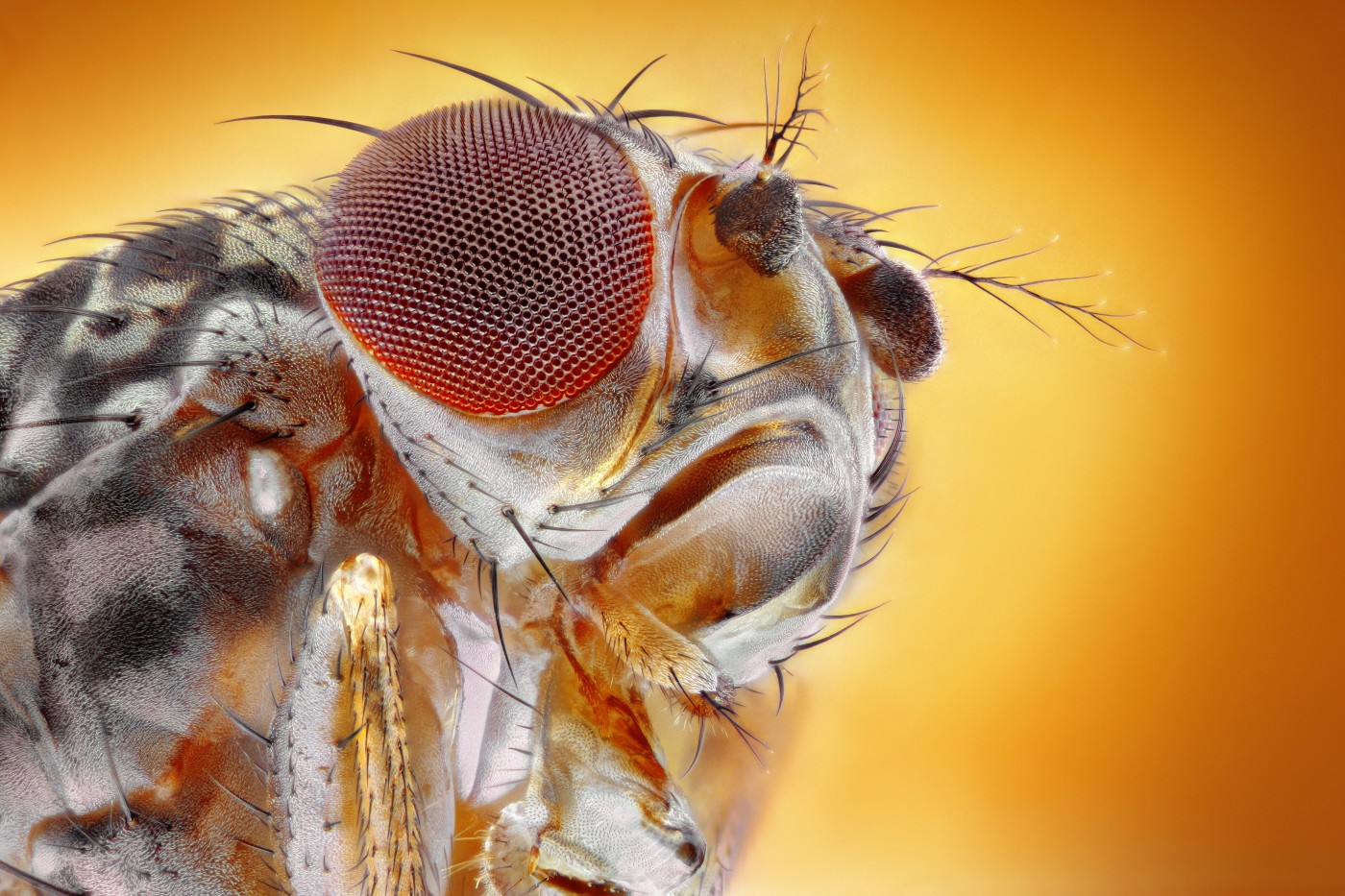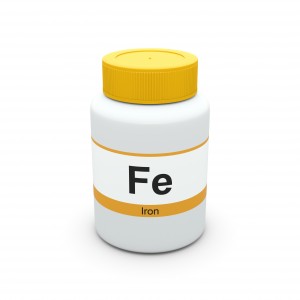Inhibiting Iron Transport Improves FA in Fruit Flies

 A research group in Germany at University of Regensburg that considers Friedreich’s ataxia “the most important recessive ataxia in the Caucasian population” is breaking down the complex disease using genetically modified fruit flies. Appearing in the journal Free Radical Biology and Medicine, their most recent work, “Mitoferrin Modulates Iron Toxicity in a Drosophila Model of Friedreich´s Ataxia,” helped answer some of the most fundamental questions regarding the etiology of Friedreich’s ataxia pathogenesis.
A research group in Germany at University of Regensburg that considers Friedreich’s ataxia “the most important recessive ataxia in the Caucasian population” is breaking down the complex disease using genetically modified fruit flies. Appearing in the journal Free Radical Biology and Medicine, their most recent work, “Mitoferrin Modulates Iron Toxicity in a Drosophila Model of Friedreich´s Ataxia,” helped answer some of the most fundamental questions regarding the etiology of Friedreich’s ataxia pathogenesis.
“One of the pathological consequences [of loss of frataxin expression] is an increase of iron transport into the mitochondrial compartment leading to a toxic accumulation of reactive iron,” wrote Dr. Juan A Navarro, lead author on the study. “However, the mechanism underlying this inappropriate mitochondrial iron accumulation is still unknown.”
To solve this unknown, Dr. Navarro, along with principal investigator Dr. Stephan Schneuwly and colleagues, manipulated fruit fly genes to induce frataxin deficiency. They then fed the flies a diet enriched in iron to simulate iron overload. Testing the flies using a variety of cellular and mitochondrial function assays, the researchers identified a few key molecular mechanisms contributing to the flies’ Friedreich’s ataxia-like phenotype.
At the most basic level of observation, frataxin-deficient, iron-overload fruit flies had a 50% lower maximum lifespan than normal fruit flies. The deficient flies fed the iron-enriched diet were also lacking in two iron sulfur cluster-containing enzymes (aconitase and complex II) compared to deficient flies receiving a normal diet and normal flies receiving an iron-enriched diet.
The researchers also identified a disturbance in gene expression related to iron storage and transport. “Iron overload conditions usually induce the stabilization of ferritin in order to promote iron storage,” stated Dr. Navarro. “Iron overload in frataxin-deficient flies led to the complete ablation of the iron-dependent ferritin accumulation. There was a clear and robust mRNA induction of both ferritin subunits in control and Friedreich’s ataxia flies on iron food.” Therefore, although the frataxin-deficient flies could sense iron overload, they could not induce protein translation of mRNA to interact the overload.
To counteract the changes in iron regulation, the researchers applied two strategies: promote iron sequestration and impair iron transport into the mitochondria. The first strategy provided marginal benefits, suggesting that neither intra- nor extra-mitochondrial sequestration of iron significantly affects the Friedreich’s ataxia phenotype. The second strategy was successful. When the researchers downregulated mitoferrin (a transport channel for iron in the mitochondrial membrane), there was a significant improvement in the Friedreich’s ataxia fruit flies.
“Taken together, these results indicate a pivotal role for mitoferrin in the toxic mechanism of iron in Friedreich’s ataxia,” wrote Dr. Navarro. “[It also] provides evidence that impairment of mitochondrial iron transport could be an effective treatment of the disease.” Next steps could involve working with a larger animal model of Friedreich’s ataxia to study the effects of mitoferrin on clinical pathogenesis.






